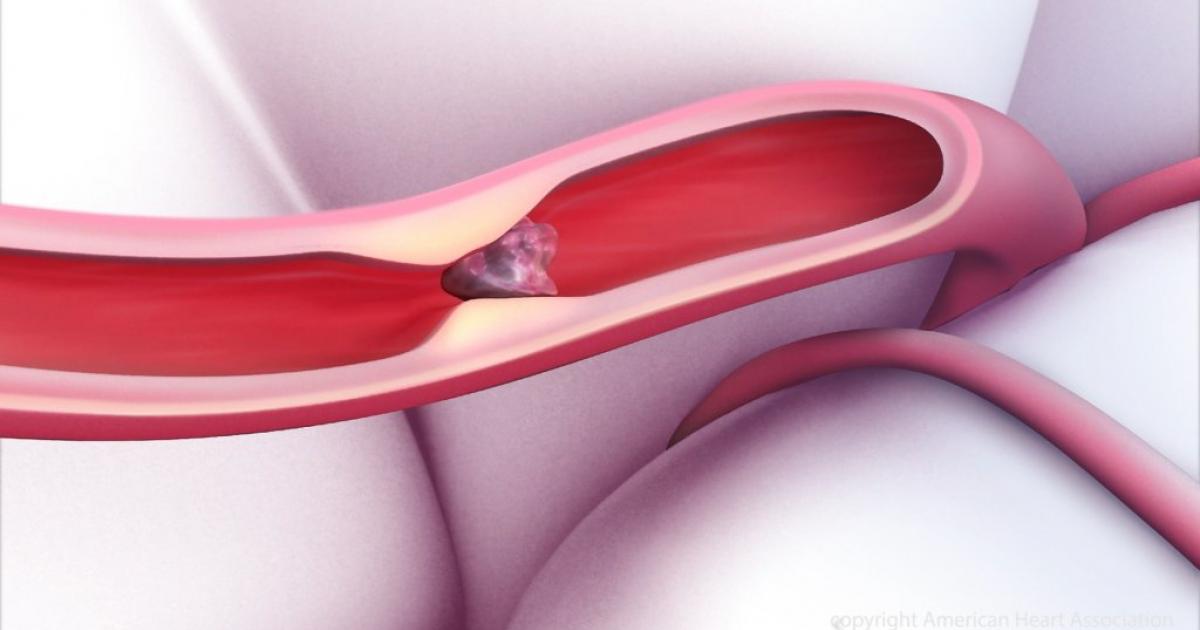Common Causes And Risk Factors For Esophageal Varices
Esophageal varices are enlarged, abnormally formed veins in the esophagus, which connects the stomach to the throat. Most commonly, the condition forms in individuals who have serious liver diseases. The condition develops when scarring or clotting in the liver causes normal blood flow to become blocked. To circumvent the blockages, the blood moves into small blood vessels that don't have the capacity to carry large amounts of blood. These vessels might leak or, in serious cases, rupture and cause life-threatening bleeding. Physicians might suspect the condition in patients with certain symptoms of liver disease.
Parasitic Infection

A parasitic infection can lead to esophageal varices if it damages the liver. One infection, called schistosomiasis, is found in portions of East Asia, the Middle East, the Carribean, South America, and Africa. In addition to damaging the liver, this parasite can damage a patient's bladder, intestine, lungs, and other organs. The parasites are naturally found in certain freshwater snails. Individuals might become infected if their skin contacts contaminated freshwater. Though a few individuals might have minor skin irritation when first infected, there don't tend to be serious symptoms until eggs develop around one or two months later. Common symptoms include muscle aches, cough, chills, and fever, though many patients don't experience any symptoms. When the disease develops into acute schistosomiasis, the symptoms can include bloody diarrhea, a general feeling of unwellness, headaches, rashes, full-body aches, and abdominal pain around the spleen and liver.
Blood Clots

Blood clots are one of the main causes of esophageal varices. When a blood clot occurs in the splenic vein or portal vein, and the blood goes through other channels to get around the blocked vein, it can lead to esophageal varices. Singular blood clots are referred to as thrombosis. There's also a condition called hepatic vein thrombosis, which occurs when the liver's hepatic veins are obstructed by a blood clot. This condition causes the liver's drainage system to be blocked and impedes the flow of blood back to the heart. When the blood pressure in the portal vein is too high, blood is pushed into the surrounding vessels. In addition to the esophageal varices, varices might develop in the small blood vessels found within the upper portion of a patient's stomach.
Significant Liver Scarring

Significant liver scarring can cause esophageal varices to develop. There are many liver diseases that can cause this scarring, otherwise known as cirrhosis, such as hepatitis infections, fatty liver disease, alcoholic liver disease, and primary biliary cirrhosis. Every time the liver becomes damaged by disease or injury, it attempts to repair itself, causing scar tissue to form. When there's a certain amount of scar tissue, the liver's ability to function in general is impeded. Advanced liver scarring can lead to life-threatening conditions, such as liver failure. It's important for cirrhosis to be diagnosed and treated early because the damage from cirrhosis is usually irreversible.
Liver Failure

Severe cirrhosis, as mentioned, might cause liver failure. The more severe the cirrhosis, the greater the chances esophageal varices will bleed. Though any kind of cirrhosis can lead to the development of esophageal varices, the increased pressure from advanced cirrhosis makes rupturing more likely. Liver failure occurs when the liver becomes too damaged to carry out its normal functions. When the condition occurs over months or years, the most common causes are cirrhosis, excessive long-term alcohol consumption, malnutrition, hemochromatosis, or hepatitis B or C. Acute liver failure occurs when the liver fails rapidly. It can be caused by an acetaminophen overdose, hepatitis A, B, and C, reactions to medications, or the ingestion of poisonous mushrooms. Liver failure's early symptoms include fatigue, diarrhea, nausea, and a loss of appetite. As it progresses, symptoms include a swollen abdomen, mental confusion, bleeding, jaundice, fatigue, and coma. Liver failure is a life-threatening condition that requires emergency medical treatment.
Portal Hypertension

Portal hypertension occurs when the blood pressure in the portal venous system increases. There are veins that start in the pancreas, spleen, intestine, and stomach, which then merge into the main portal vein. From there, the portal vein branches into smaller blood vessels that travel through the liver. When the liver's blood vessels are blocked because of liver damage or blood clots, proper blood flow is blocked, which leads to high blood pressure. The increased pressure might cause esophageal varices along with varices in the umbilical area, rectum, or stomach. Portal hypertension is generally caused by an underlying condition like cirrhosis of the liver. It's often always the primary cause of esophageal varices.
